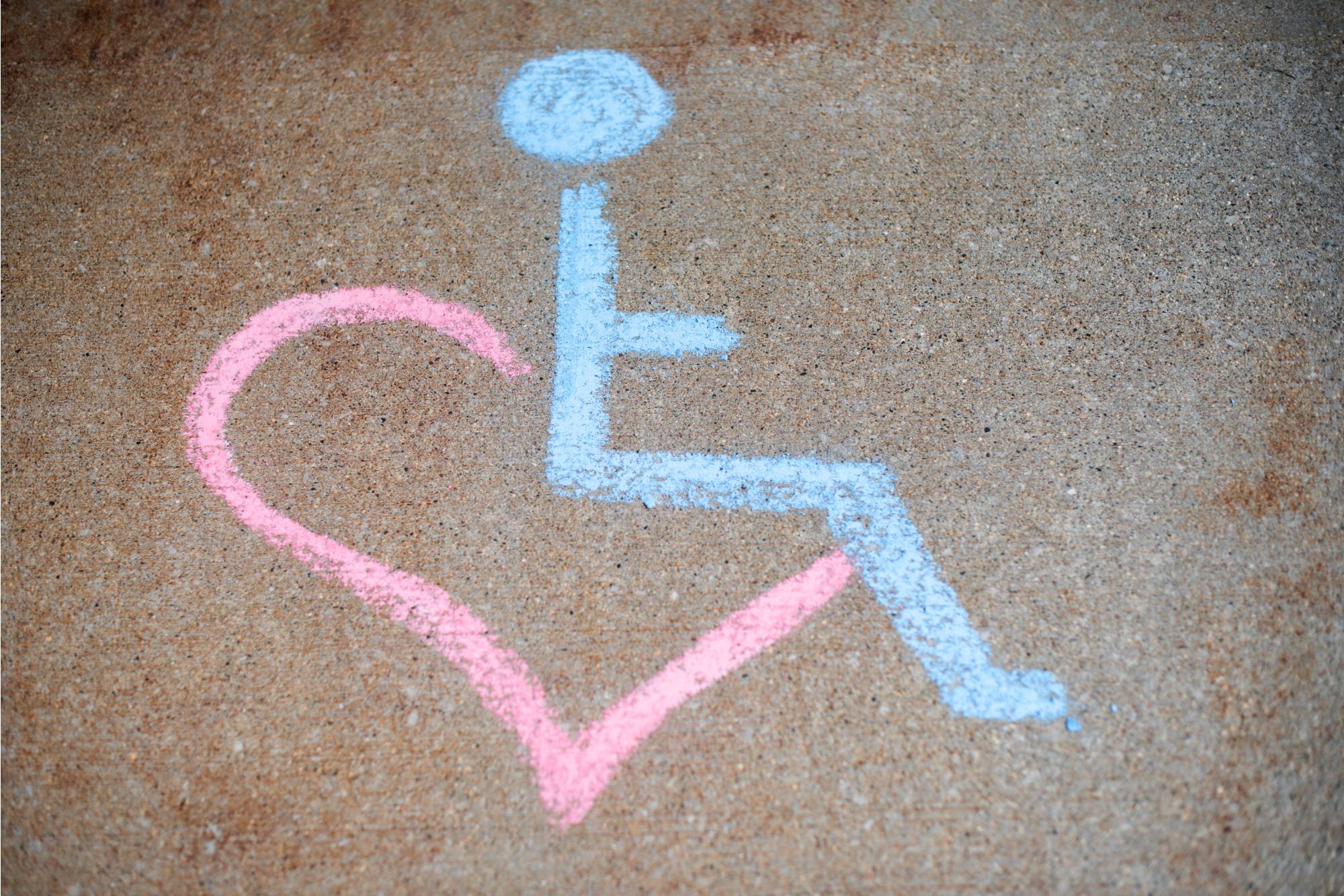Disability Awareness

Disability Awareness Month
The United States Congress designated each October as National Disability Employment Awareness Month (NDEAM). The United States Office of Disability Employment Policy has the lead in planning NDEAM activities and materials to increase the public's awareness of the contributions and skills of American workers with disabilities. Various programs carried out throughout the month also highlight the specific employment barriers that still need to be addressed and removed.
This effort to educate the American public about issues related to disability and employment actually began in 1945, when Congress enacted a law declaring the first week in October each year "National Employ the Physically Handicapped Week." In 1962, the word "physically" was removed to acknowledge the employment needs and contributions of individuals with all types of disabilities. In 1988, Congress expanded the week to a month and changed the name to "National Disability Employment Awareness Month."
In an effort to help educate the campus and community about Disability Awareness, Grand Valley State University Disability Support Resources office organizes several events and activities during the month of October. Check the October Grand Valley State University Events calendar (https://www.gvsu.edu/events/) for details.
Disability Inclusion
Appropriate Language
People with disabilities are people first. The Americans with Disabilities Act officially changed the way people with disabilities are referred to and provided the model. The person first and then the disability. This emphasizes the person and not the disability.
- Positive Example: "Emily, who has Asperger's Syndrome, will be in our class for this week."
- Negative Example: "The blind student reads using Braille"
Do use the word disability when referring to someone who has a physical, mental, emotional, sensory, or learning impairment.
Do not use the word handicapped. A handicap is what a person with a disability cannot do.
Avoid labeling individuals as victims, or the disabled, or names of conditions. Instead, refer to people with disabilities or someone who has epilepsy.
Avoid terms such as wheelchair bound. Wheelchairs provide access and enable individuals to get around. Instead, refer to a person who uses a wheelchair or someone with a mobility impairment.
When it is appropriate to refer to an individual's disability, choose the correct terminology for the specific disability. Use terms such as quadriplegia, speech impairment, hearing impairment, dwarfism, or specific learning disability.
As recommended by the Diagnostic and Statistical Manual of Mental Disorders (DSM-5) and current medical terminology
Appropriate Interaction
When introduced, offer to shake hands. People with limited hand use or artificial limbs can usually shake hands. It is an acceptable greeting to use the left hand for shaking.
Treat adults as adults. Avoid patronizing people who use wheelchairs by patting them on the shoulder or touching their head. Never place your hands on a person's wheelchair as the chair is a part of the body space of the user.
If possible, sit down when talking to a person who uses a wheelchair so that you are at the person's eye level.
Speak directly to the person with a disability. Do not communicate through another person. If the person uses an interpreter, look at the person and speak to the person, not the interpreter.
Offer assistance with sensitivity and respect. Ask if there is something you might do to help. If the offer is declined, do not insist.
If you are a sighted guide for a person with a visual impairment, allow the person to take your arm at or above the elbow so that you guide rather than propel.
When talking with a person with a speech impairment, listen attentively, ask short questions that require short answers, avoid correcting, and repeat what you understand if you are uncertain.
When first meeting a person with blindness, identify yourself and any others who may be with you.
When speaking to a person with a hearing impairment, look directly at the person and speak slowly. Avoid placing your hand over your mouth when speaking. Written notes may be helpful for short conversations.
The History of Disability Rights in the United States

A Brief History of the Passage of the Americans with Disabilities Act (1990)
"The Americans with Disabilities Act is considered the most important civil rights law since the 1960s. Through first-person stories, we look back at the making of this movement, the history of how disability came to be seen as a civil rights issue in the first place, and what the disability community is still fighting for more than 30 years later." -NPR Throughline
